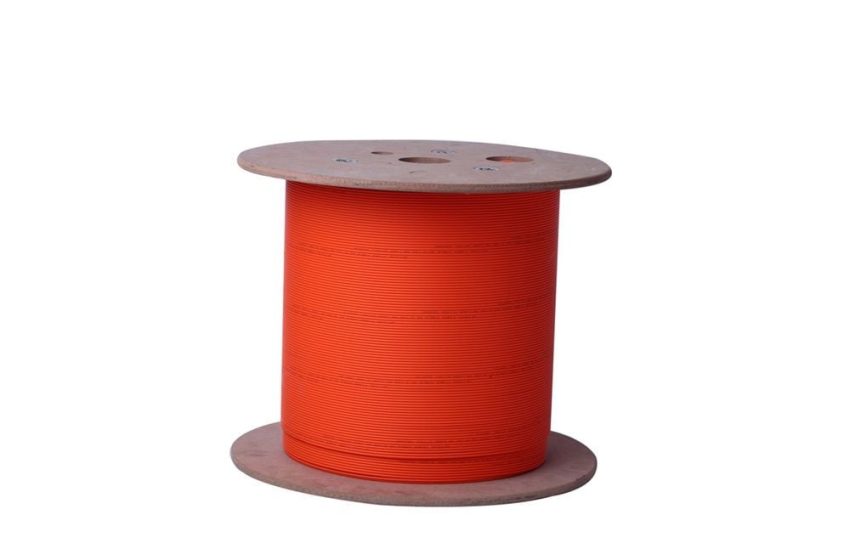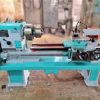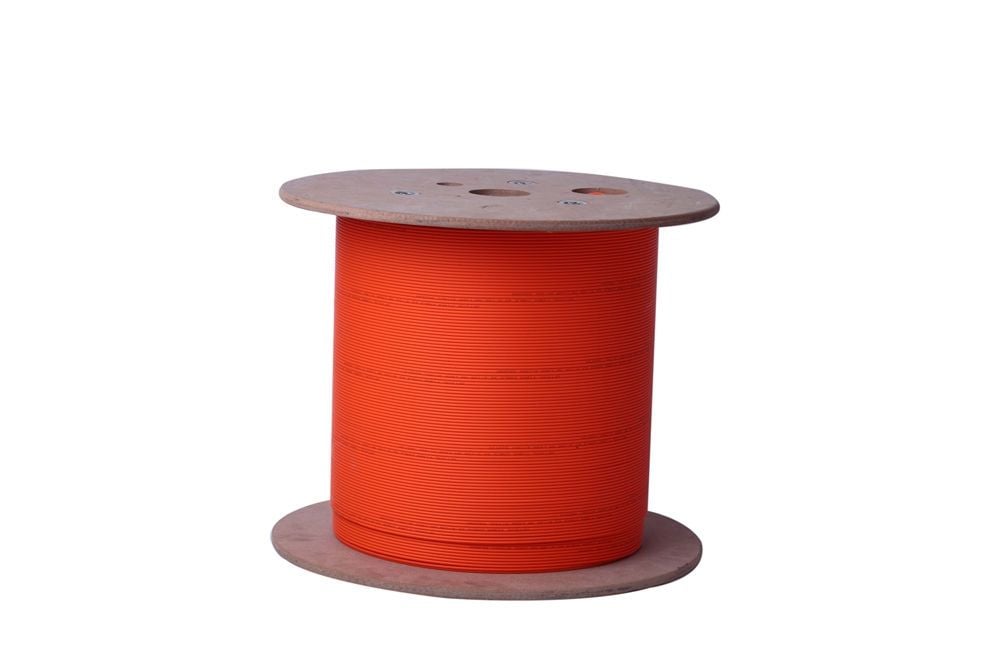Benefits of Bulk Fiber Optic Cables for High-Capacity Networks

Fiber optic technology has transformed data transmission, offering unparalleled speed, reliability, and efficiency. For organizations building or expanding high-capacity networks, purchasing bulk fiber optic cable is a strategic and cost-effective choice.
Advantages of Bulk Fiber Optic Cable
· Cost Efficiency
Buying fiber optic cables in bulk significantly reduces the cost per unit compared to smaller, pre-cut lengths. This is especially beneficial for large-scale projects requiring extensive cabling.
· Customizable Lengths
Bulk fiber optic cable allows for precise customization of cable lengths, minimizing waste and ensuring that installations meet specific project requirements. This flexibility reduces material costs and streamlines deployment.
· Wide Compatibility
Bulk cables are available in various types, including single-mode and multimode, to suit network configurations. Jacket options such as PVC, LSZH, and armored variations cater to diverse environments, ensuring durability and safety.
· Enhanced Installation Efficiency
With bulk cable, installers can cut and terminate the exact lengths needed, reducing installation time and eliminating the hassle of joining multiple smaller cables.
Key Specifications to Consider
When selecting bulk fiber optic cable, it’s important to focus on the following specifications:
· Fiber Type
o Single-mode fiber: Ideal for long-distance data transmission with minimal attenuation.
o Multimode fiber: Suitable for short-range, high-speed communication within buildings or campuses.
· Core Size
· Multimode fibers come in core sizes such as 50/125 µm or 62.5/125 µm, while single-mode typically features an 8.3/125 µm core. Match the core size to the network’s transceivers and patch panels for optimal performance.
· Cable Jacket Material
o PVC: Affordable and widely used for indoor applications.
o LSZH: Emits low smoke and no toxic fumes, which is ideal for enclosed spaces.
o Armored: Offers additional protection in harsh environments.
Applications of Bulk Fiber Optic Cables
Bulk fiber optic cables are used in various industries and scenarios, such as:
· Data Centers: Supporting high-density, high-speed connectivity for servers and storage devices.
· Telecommunications: Enabling long-distance and high-bandwidth communications.
· Commercial Buildings: Establishing secure and efficient internal communication networks.
· Industrial Facilities: Providing reliable connections in demanding environments.
Best Practices for Handling Bulk Fiber Optic Cable
· Proper Storage
Store cables in a neat, dry environment to prevent damage from moisture or dust. Use spools or reels to maintain cable integrity during storage and transport.
· Careful Installation
Avoid excessive bending or pulling, as this can weaken the fiber core and lead to signal loss. Follow manufacturer guidelines for minimum bend radius and tensile strength.
· Labeling and Organization
Keep cables well-organized and clearly labeled to simplify maintenance and future upgrades.
Conclusion
Bulk fiber optic cable is an essential resource for high-capacity networks, offering cost savings, customization, and enhanced efficiency. Organizations can build robust, future-ready networks that meet their growing data demands by choosing the right cable type and following best practices.


